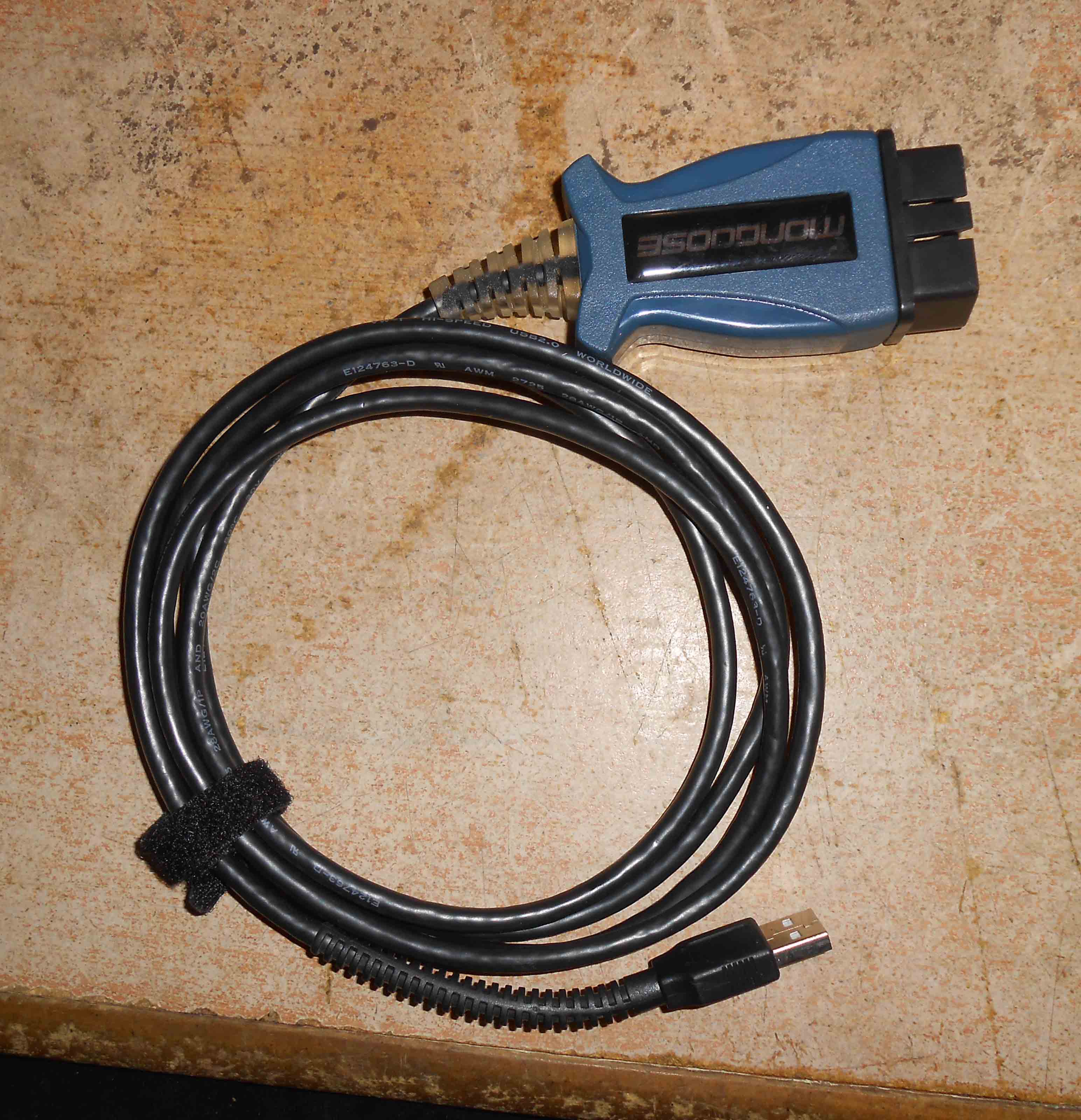

As word-embedding: In this approach, the trained model is used to generate token embedding (vector representation of words) without any fine-tuning for an end-to-end NLP task.A few strategies for feature extraction discussed in the BERT paper are as follows: Feature Based Approach: In this approach fixed features are extracted from the pretrained model.The activations from one or more layers are extracted without fine-tuning and these contextual embeddings are used as input to the downstream network for specific tasks.Fine Tuning Approach: In the fine tuning approach, we add a dense layer on top of the last layer of the pretrained BERT model and then train the whole model with a task specific dataset.
#Tuning with binary editor series#
With this approach BERT claims to have achieved the state-of-the-art results on a series of natural language processing and understanding tasks.īERT can be used for text classification in three ways. Under the hood, BERT uses the popular Attention model for bidirectional training of transformers. This deep-bidirectional learning approach allows BERT to learn words with their context being both left and right words. Thus they were either not bidirectional or not bidirectional in all layers.The diagram below shows its bidirectional architecture as compared to other language models.īERT incorporated deep bi-directionality in learning representations using a novel Masked Language Model(MLM) approach. The language models, until BERT, learnt from text sequences in either left-to-right or combined left-to-right and right-to-left contexts. It is the first deeply-bidirectional unsupervised language model. It is a deep learning based unsupervised language representation model developed by researchers at Google AI Language. BERT stands for Bidirectional Encoder Representation of Transformers.


 0 kommentar(er)
0 kommentar(er)
